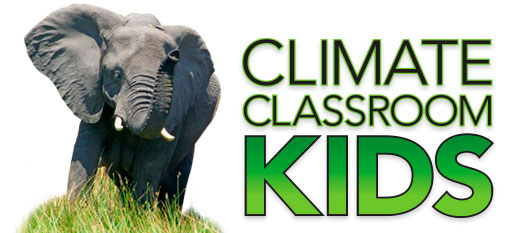WHY FOCUS ON AFRICA IN CLIMATE CHANGE INSTRUCTION?
Africa’s unique landscapes, weather patterns and abundance of natural resources make it especially susceptible to the effects of climate change. The unique ecosystem of Okavango Delta of Botswana is home to a large diversity of iconic African species, which rely on the wetlands to survive. Rising temperatures and declining rainfall impact the flood patterns of the Delta and as the distribution of water shifts, wildlife must compete for diminishing resources.
WHAT DOES AFRICAN WILDLIFE HAVE TO DO WITH GLOBAL WARMING?
Species may not be able to adapt to this rapid climate change or to move fast enough to more suitable areas as their current areas become less suitable for them. Rising temperatures, irregular rain patterns and drought result in changes in vegetation that force animals like elephants to move to new areas and face conflicts with human developments and increased competition as habitat size decreases.
ABOUT THE AFRICAN WILDLIFE & CLIMATE CHANGE EDUCATOR’S GUIDE:
This guide’s activities are designed for grades 3-5, with extensions for younger and older students. These activities meet national standards for English/Language Arts, Science, Social Studies, and Visual Arts.


